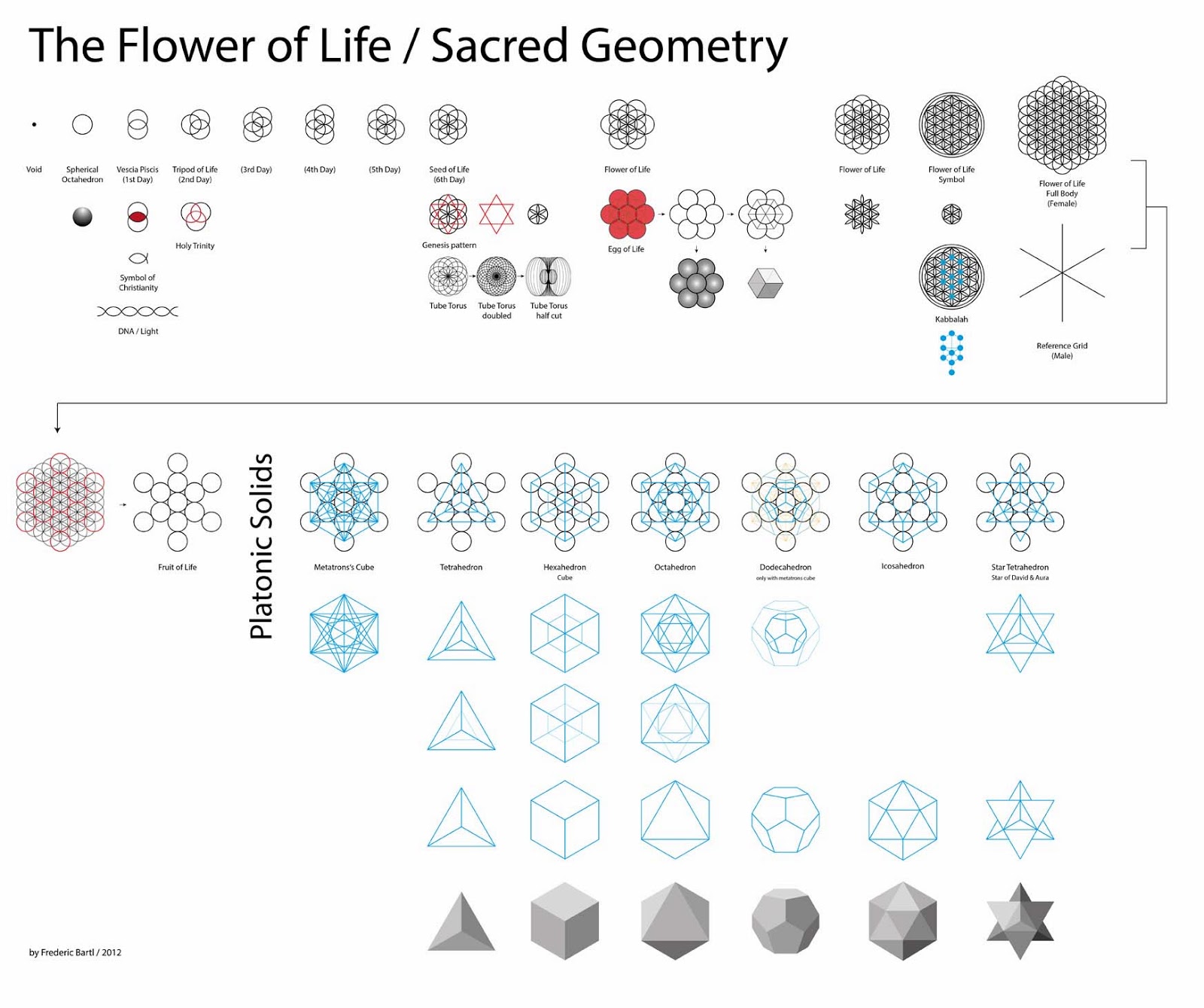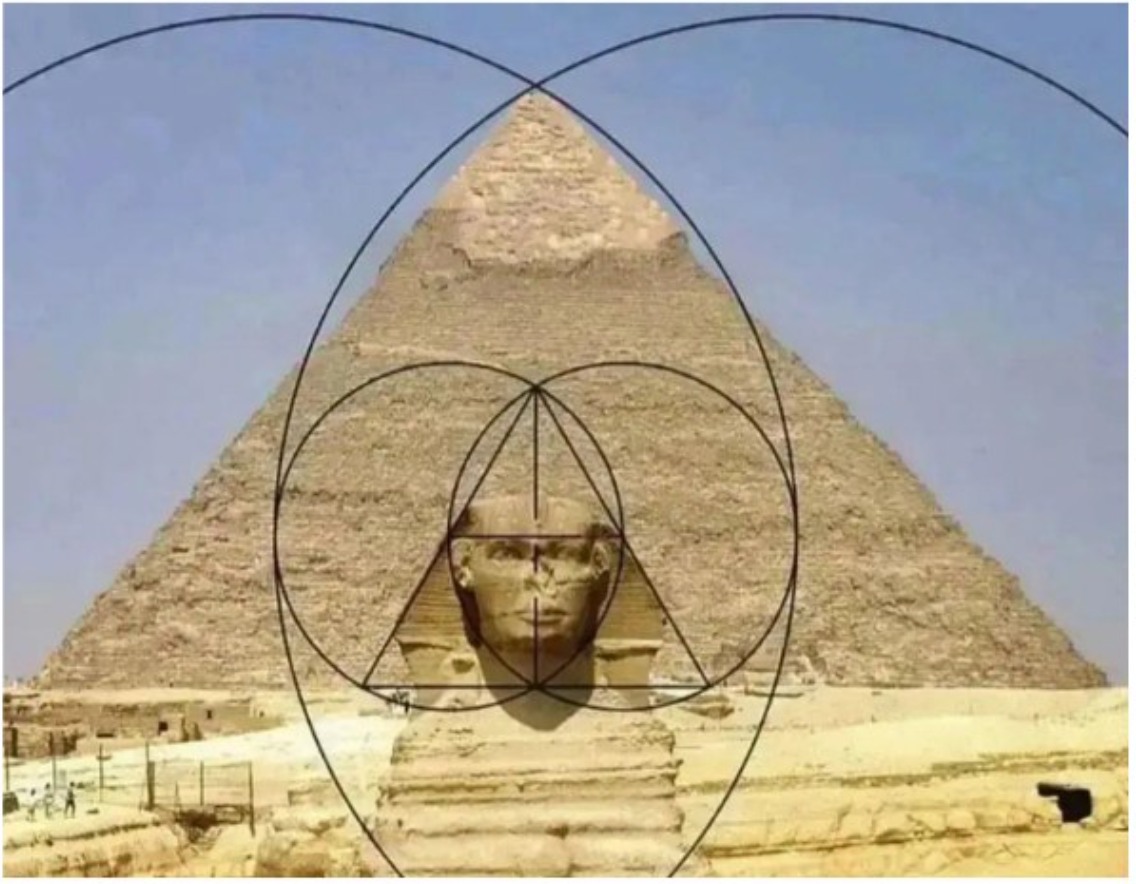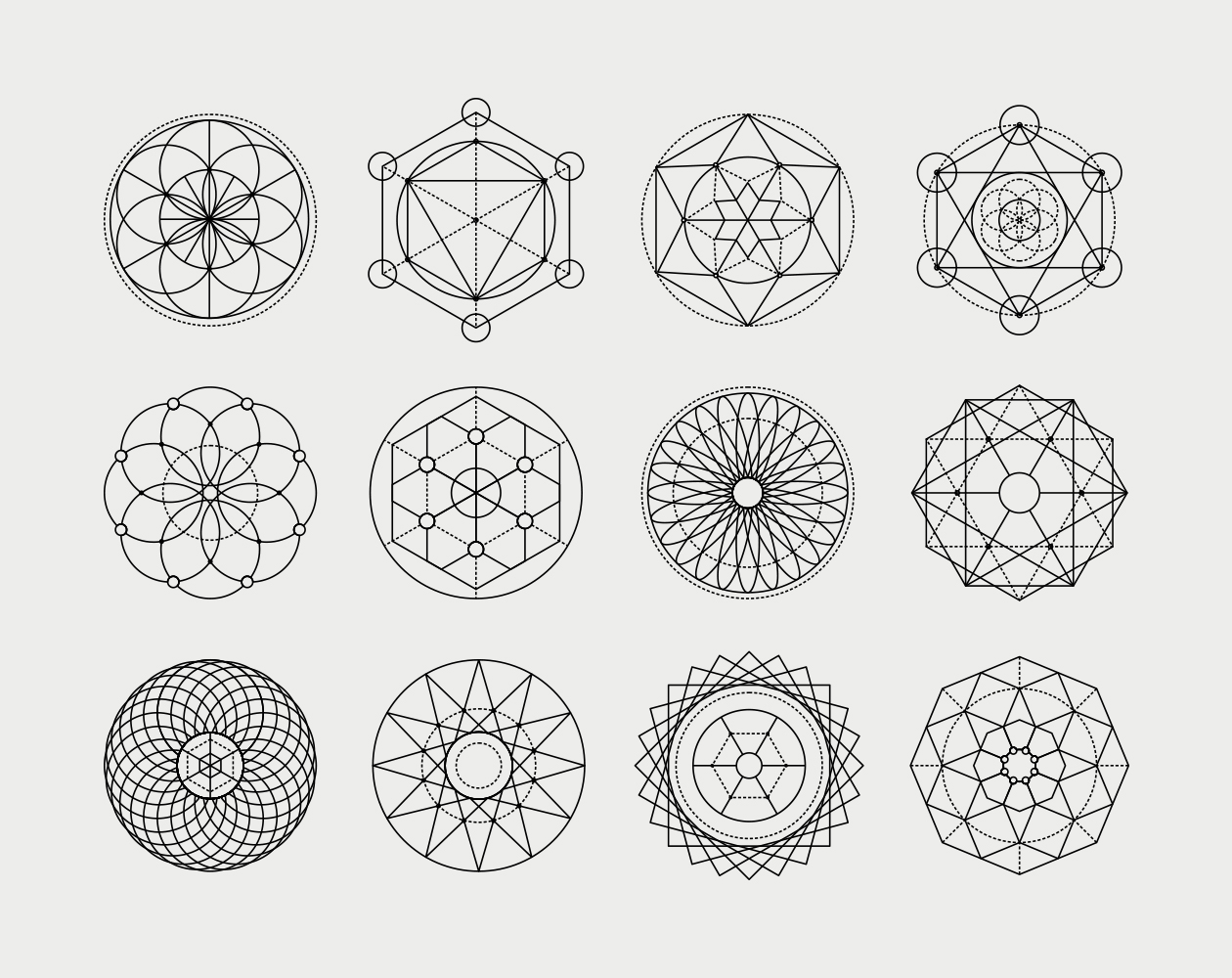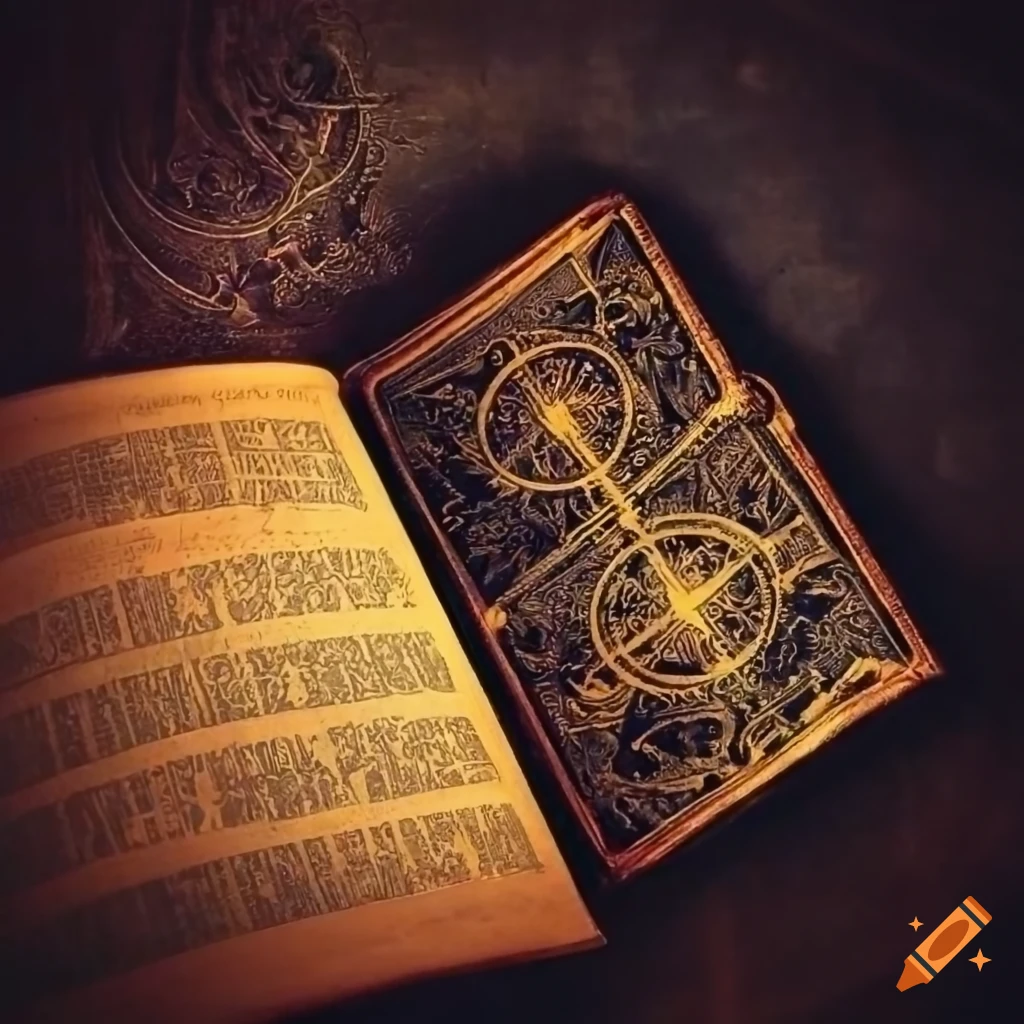Sacred Geometry in Megaliths
Across the world, megalithic sites whisper an unspoken language — a geometry carved in stone. Circles, spirals, triangles, and alignments with the heavens suggest that ancient builders were not merely stacking stones. They may have been encoding sacred geometry — the belief that numbers, proportions, and shapes reflect the order of the cosmos.
Circles, Spirals, and the Cosmic Blueprint
The most striking pattern found in megalithic monuments is the circle. From Stonehenge’s great ring of stones to the countless dolmens across Europe, the circle recurs as a sacred form. Ancient spirals etched into passage tombs like Newgrange in Ireland are thought to symbolize cycles of time, seasons, or even the journey of the soul. The persistence of these motifs across continents hints at shared knowledge — or at least shared intuition — that geometry was more than mathematics: it was cosmology.

Ratios Hidden in Stone
At Göbekli Tepe, the world’s oldest megalithic temple, scholars have found consistent use of rectangular enclosures with ratios close to the “golden proportion.” Similarly, the trilithons of Stonehenge and the precise stone cuts at Puma Punku suggest awareness of proportion and balance. These ratios, later celebrated by the Greeks in their temples and by Renaissance artists in their paintings, may trace their origins back to these prehistoric experiments in stone.
Could ancient builders have intuitively discovered these universal numbers long before formal mathematics existed? Or does their presence suggest a deliberate transmission of geometric knowledge — a science we have only partly recovered?
Alignments with the Heavens
Sacred geometry was not limited to shapes on the ground. Many megalithic sites incorporate alignments with celestial events. The passage tomb of Newgrange floods with sunlight precisely at the winter solstice. Stonehenge frames the midsummer sunrise and midwinter sunset. The Carnac stones of France stretch in rows that may once have tracked lunar cycles. Such orientations imply a worldview where geometry, astronomy, and ritual were fused into one cosmic order.
Lost Knowledge or Universal Pattern?
One of the enduring mysteries is how distant cultures — from the Moai of Easter Island to the Nuraghe towers of Sardinia — all embraced geometric symbolism. Were these independent discoveries, arising from humanity’s shared observation of the sky and natural forms? Or do they hint at an older, forgotten culture that spread such knowledge across the world before being lost in cataclysms and time?
Sacred geometry in megaliths could be evidence of a prehistoric science — a way of encoding the laws of harmony, balance, and proportion into the very stones themselves. Just as the burning of ancient libraries erased written knowledge, so too may the fall of forgotten civilizations have severed the continuity of this geometric wisdom.

A Message Across Ages
Perhaps these patterns were not only ritualistic or astronomical. Perhaps they were messages — an attempt to inscribe the eternal into the enduring medium of stone. If so, the megaliths are more than monuments; they are equations in stone, written for future ages to rediscover.
When we stand before these circles, spirals, and cosmic alignments, we are not only looking at the past. We are gazing into a code that links us to the rhythms of the universe itself — a reminder that ancient builders may have known truths we are only now beginning to re-imagine.
Additional readings:






